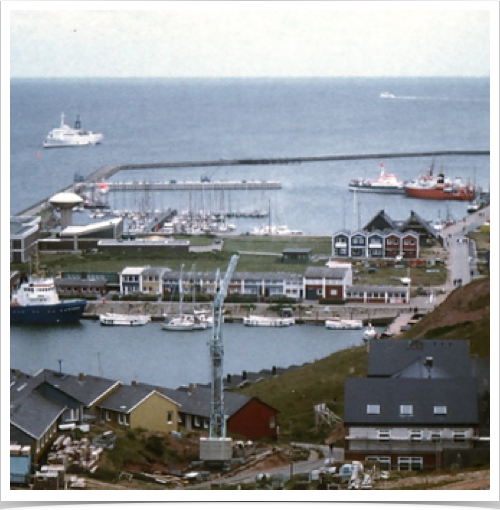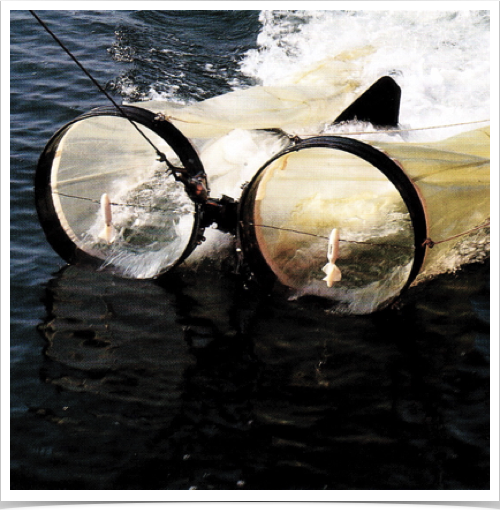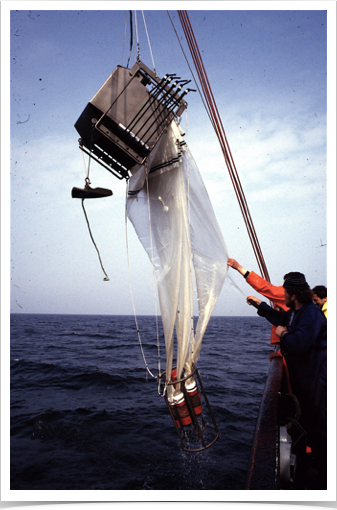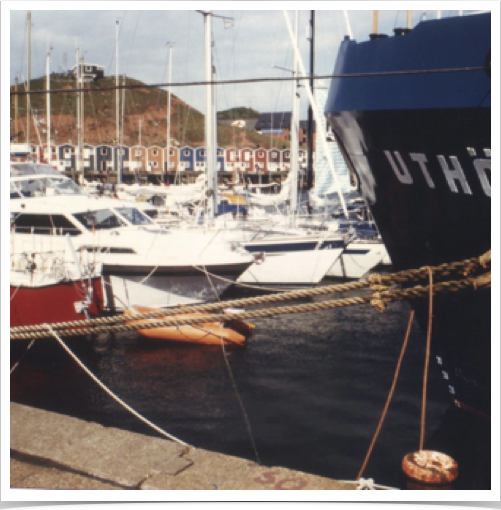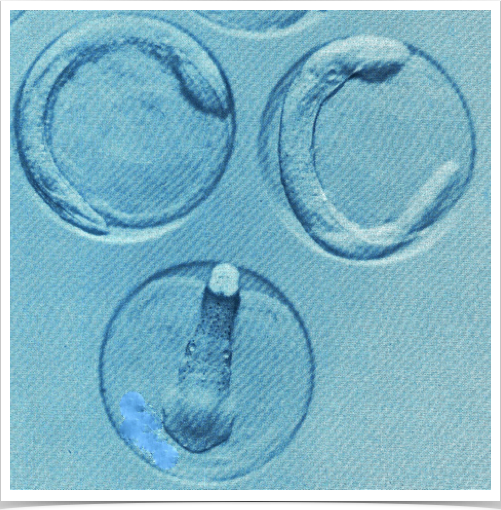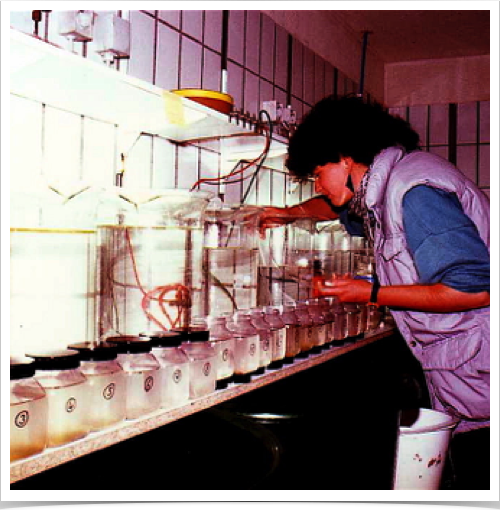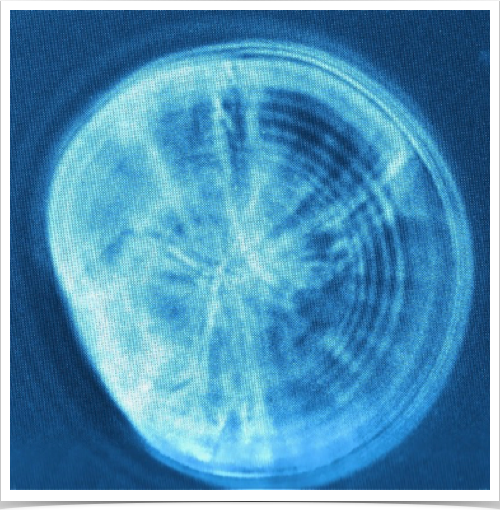FK UTHÖRN
Dr. Alshuth performed ichthyoplankton research onboard the research vessels FS FRIEDRICH HEINCKE, FK UTHORN and FS VICTOR HENSEN in the North Sea. To study the fish reproduction and recruitment ecology of the North Sea sprat, part of a long-term fisheries research project of the Reproduction Biology of the sprat, Sprattus sprattus, in the North Sea - funded by the DFG (Deutsche Forschungs Gemeinschaft) - she participated year-round in oceanic research expeditions. Dr. Alshuth used a variety of specialized plankton nets for ichthyoplankton collections: Bongo nets, ring plankton nets, and the Multiple Plankton Sampler MPS were deployed on these research vessels to collect fertilized sprat eggs and larvae from the pelagic environment. Plankton samples were preserved for further sprat egg and larval density analysis in the institute’s laboratory while other plankton samples were kept alive and studied immediately upon return at the Helgoland Institute of Marine Sciences. At the institutes's laboratory, live sprat eggs were sorted for rearing sprat larvae under different environmental conditions to study larval growth and the onset of otolith increment production during the larval fish stage.
Click on any picture below to start slide show.
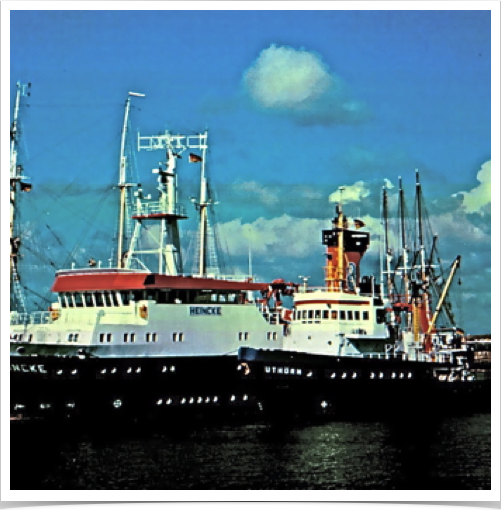
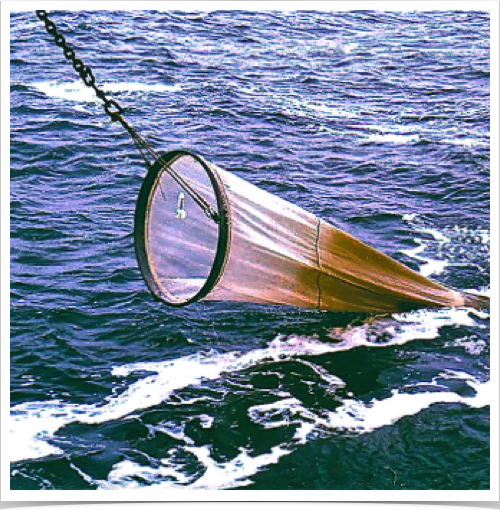
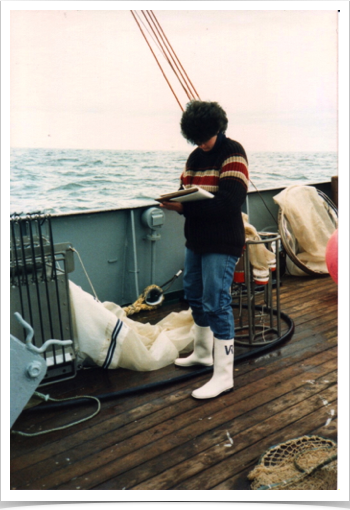


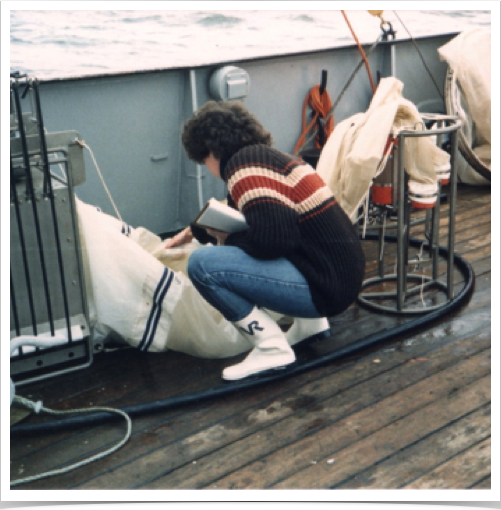
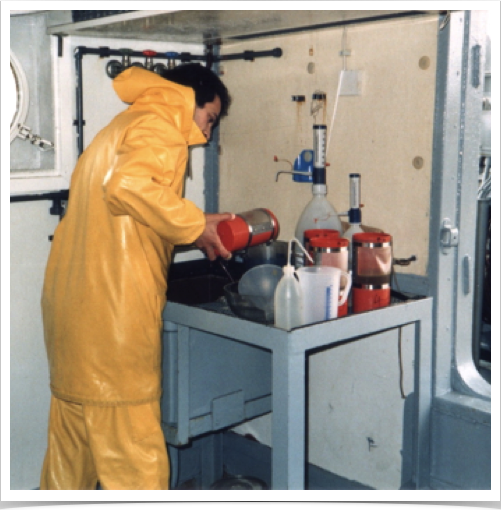
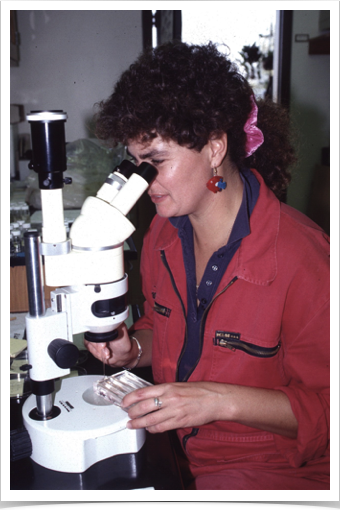
EASTERN NORTH SEA EXPEDITIONS

